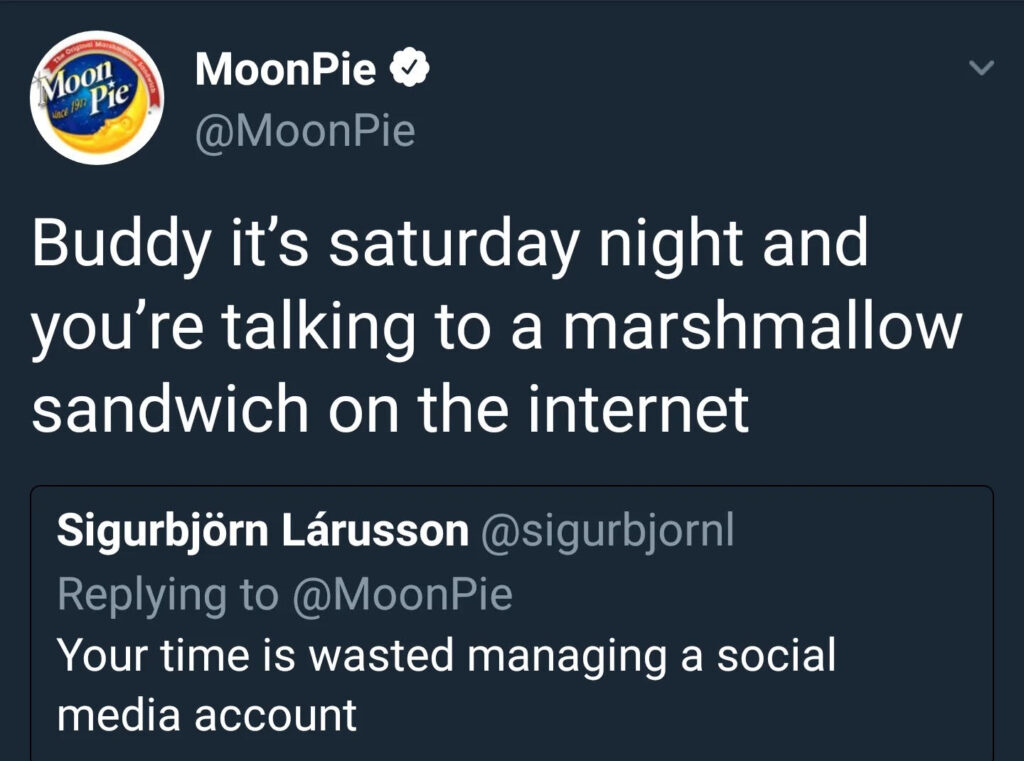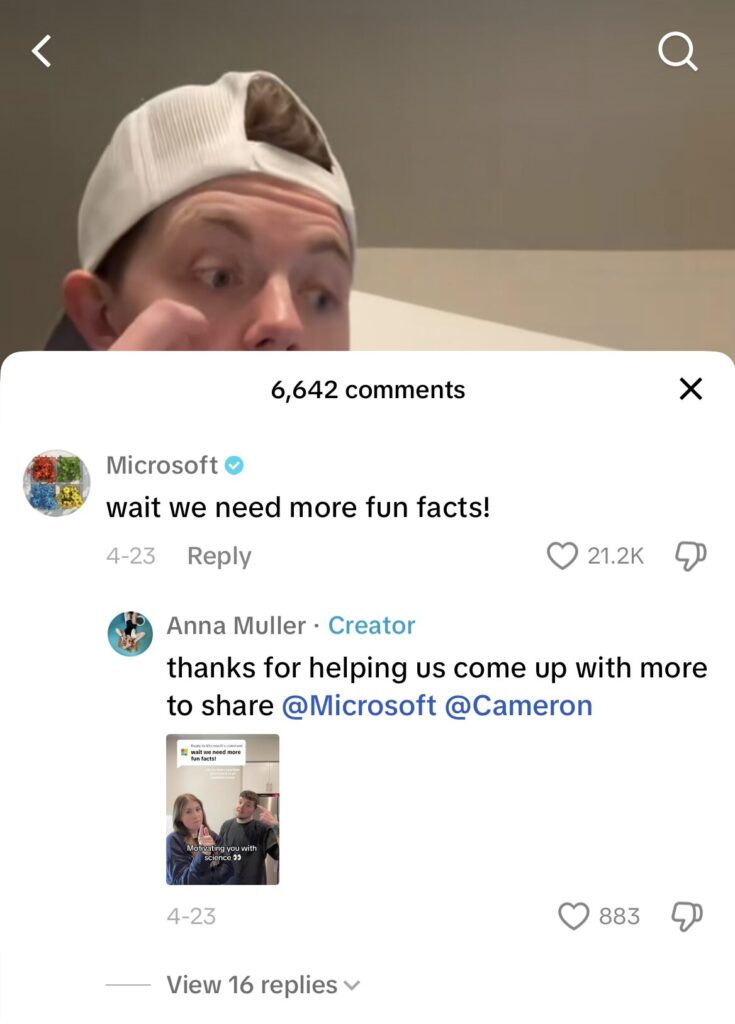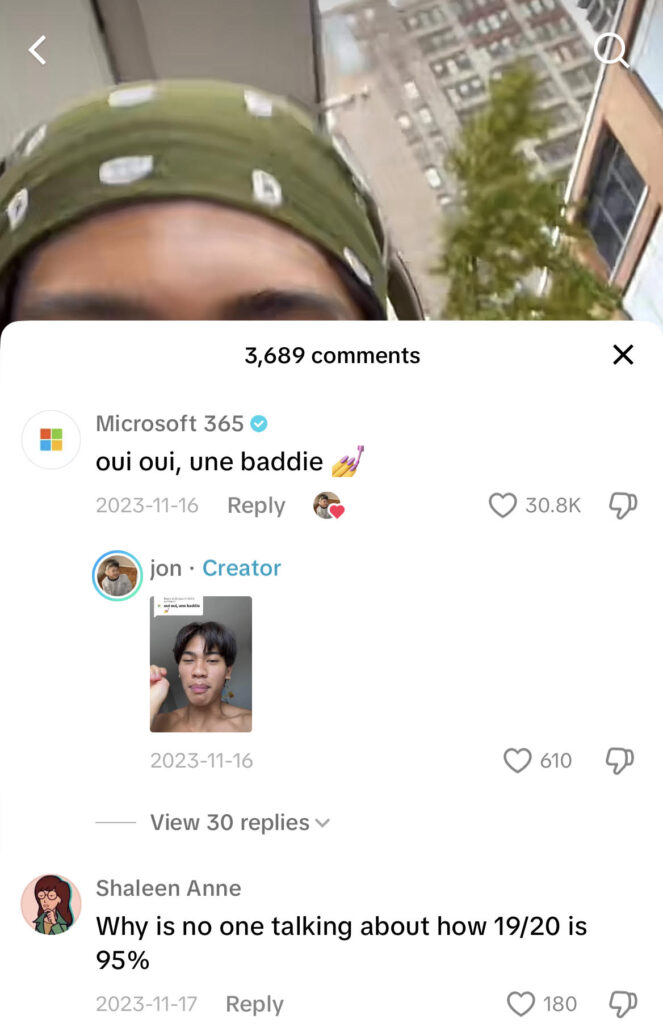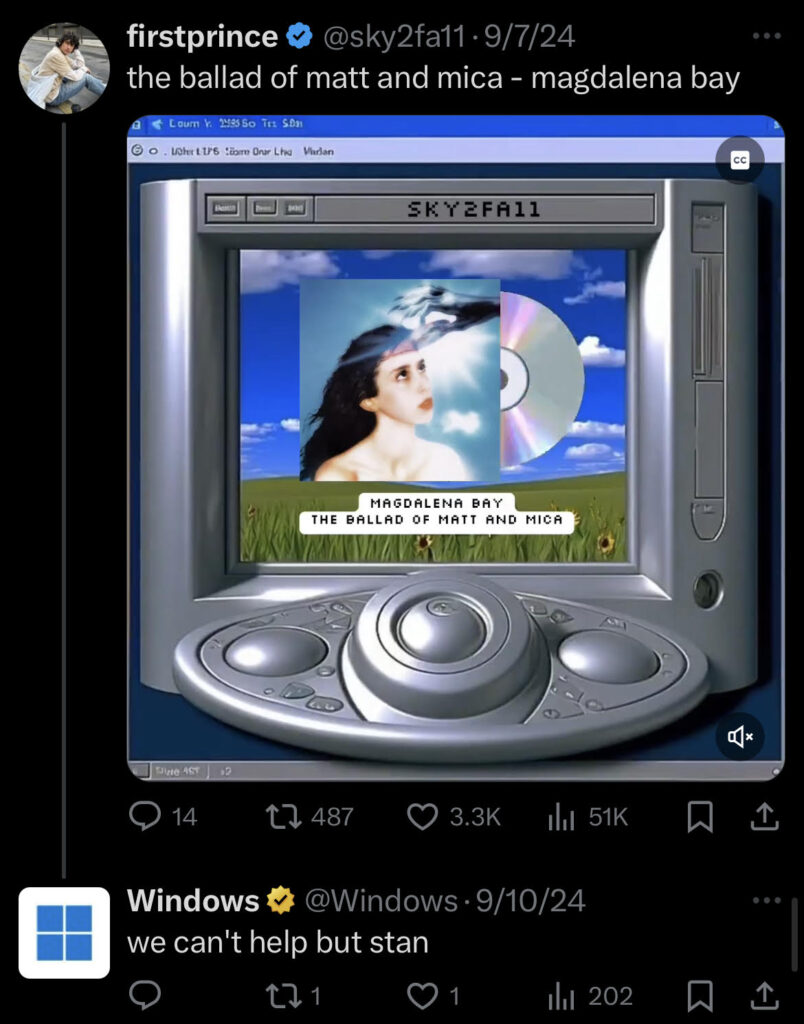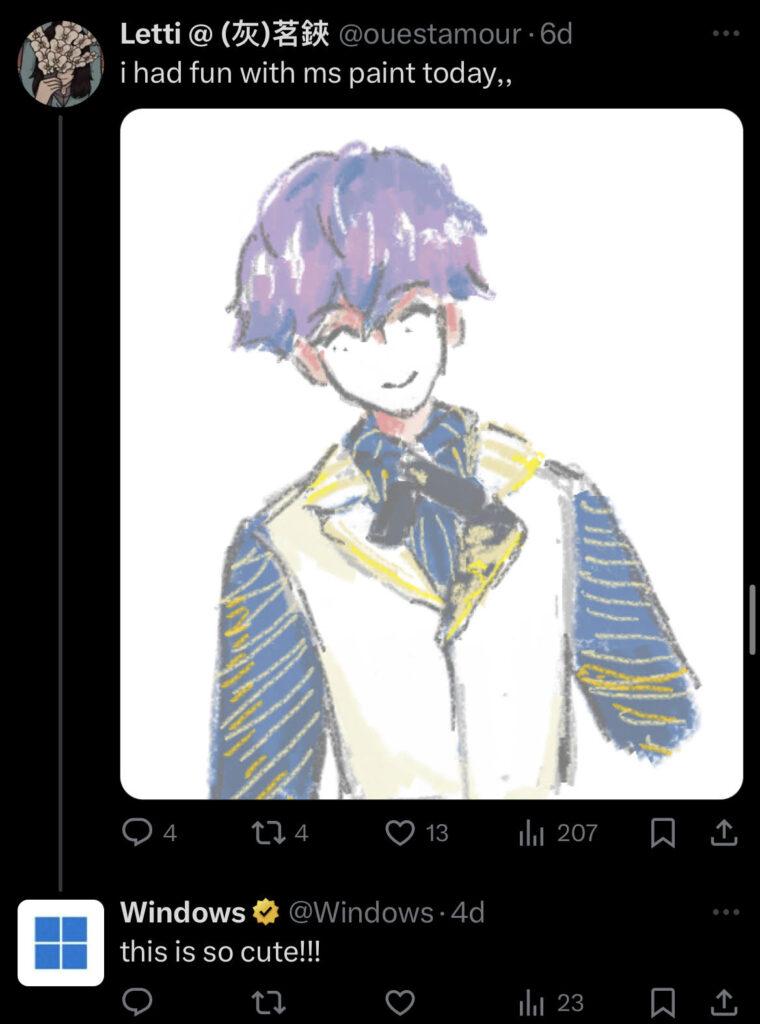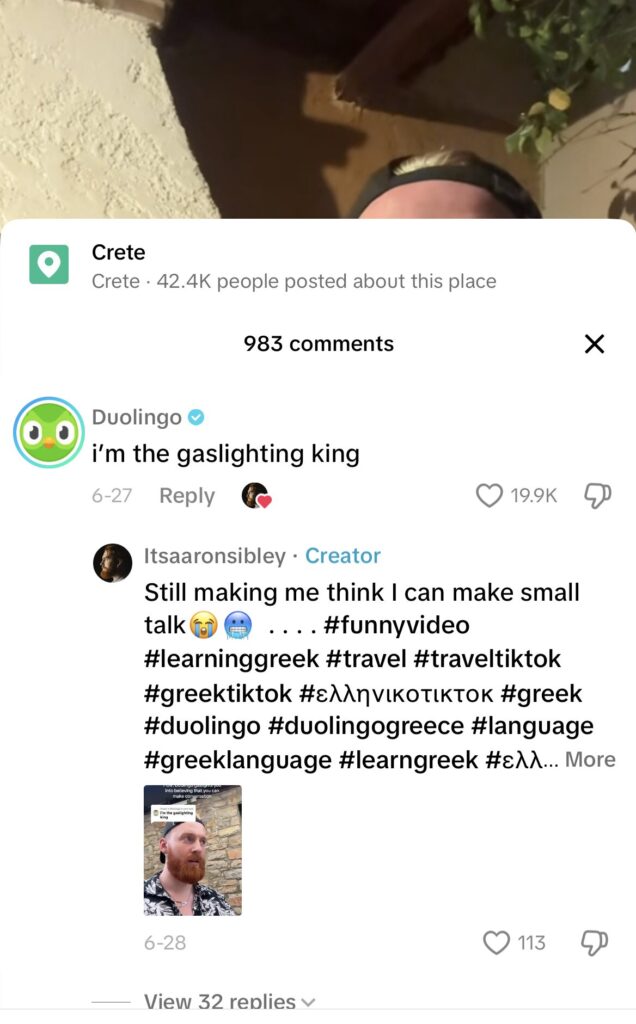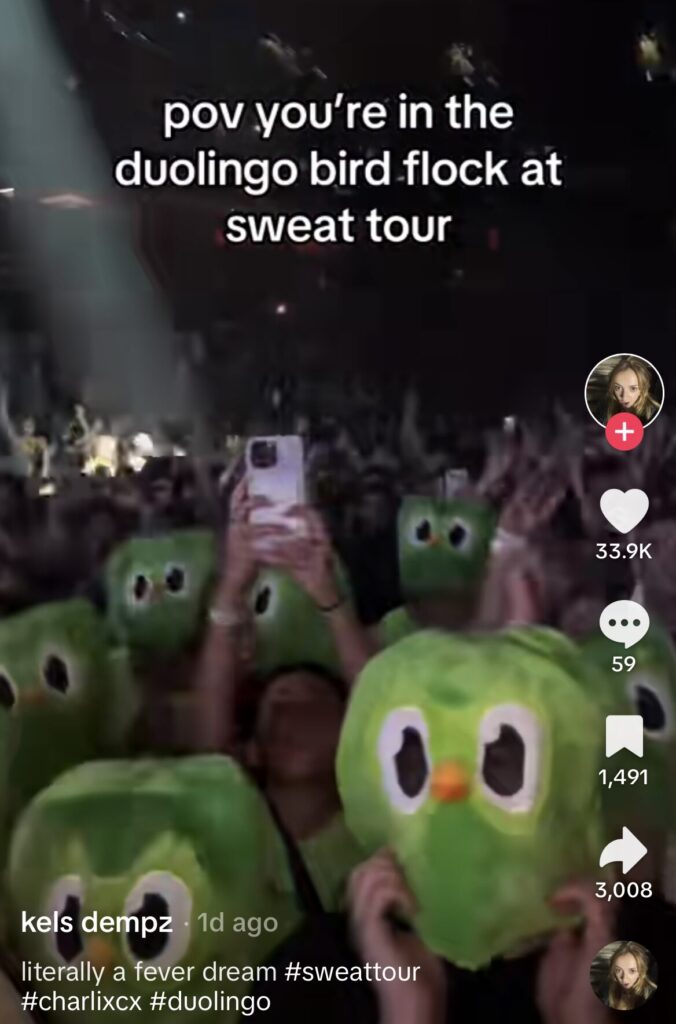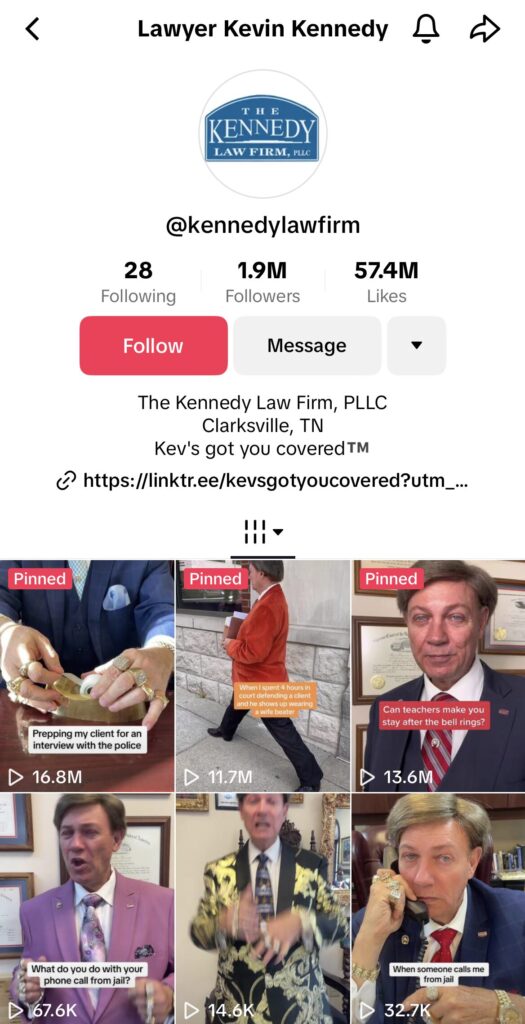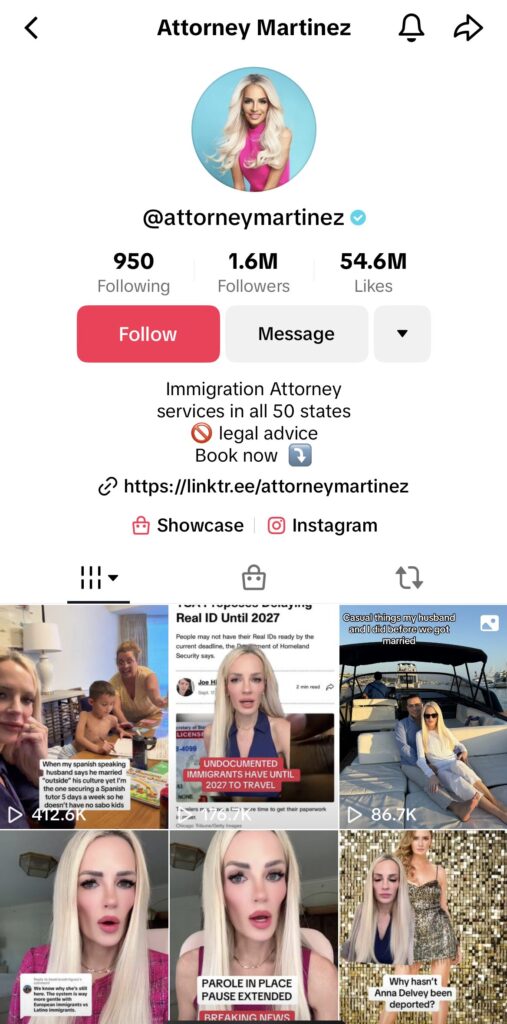Leave a comment. “The comments section” has gone through many iterations, as have its associated marketing strategies. Fifteen years ago, comment marketing would refer almost exclusively to the practice of leaving comments on blogs for brand recognition and backlinks. In 2024, comment marketing is the practice of adding to the conversation as your brand or company on any viral user-generated content from around the web, particularly on social media platforms.
Today, comments are just as likely–if not more–to go viral than actual posts, particularly on TikTok, X, and even Instagram. We’re not quite ready to comment on exactly what this trend forecasts for content creation and user engagement moving forward, but we ARE ready to dig into how comment marketing can boost brand awareness, encourage user engagement, and establish cultural relevancy.
We work in legal marketing (duh), so we understand these may not be your ultimate goals–there’s no data (that we’re aware of) showing an increase in caseload from comment marketing in the legal industry. What we do know is that web users are becoming more tech-savvy and discerning overall. They recognize the difference between real profiles and spam, organic posts and ads, and real engagement and self-promotion. Virality is a lot of luck. It doesn’t promise clicks, inquiries, or revenue. But one well-placed comment on the right post at the right time has the potential to do more for your brand than a dozen carefully curated posts ever will.

More Viral Than the Common Cold: Comment Marketing Examples
So, who’s using comment marketing, how are they doing it, and where’s it happening? From global giants to local businesses, brands of all sizes are jumping into the conversation in the comment sections. This trend really started gaining steam a few years ago, especially on Instagram, which added the option to like comments back in 2016. Suddenly, comments under viral posts—from brands, celebs, and news outlets—weren’t just filler. They were ranked by relevancy and popularity (thanks, likes!).
By 2018, articles like this one from Elle were already asking: why are brands commenting on seemingly random Instagram posts? The answer? Comment marketing has evolved. What used to be basic self-promotion or bland approval—“Beautiful!️🔥”—has morphed into witty one-liners, sharp commentary that amplifies the post, and bold, personality-driven engagement that makes brands stand out. Today, it’s all about personality, perspective, and participation
The 3 P’s of Comment Marketing
- Personality means sounding like a real person–not a bot, not a brand, not even a “marketing person” working for your brand.
- Perspective means to give reason for your comment outside of virality of post and ability to make joke–show expertise, reference relevant industry, relate to post, etc.
- Participation means to jump on a trend. Trendjacking is a standard practice now. Remember the ALS ice bucket challenge? Everything is just like that now. Do the dance, accept the challenge, use the song, learn the edit, etc. Show you’re down to clown.
So, who can we look to for examples? Much has been written in the last year about DuoLingo’s social branding efforts. Now the number one language-learning app worldwide, based on monthly downloads, DuoLingo regularly shares user-generated content, engages in comment sections and replies, and participates in trends both online and IRL. It doesn’t hurt that they have an established mascot, a cartoonishly cute green owl, that defaults as the face behind the social content and commentary. But even brands foregoing the warm-and-fuzzy can develop a funny, quirky, or charming rapport with social users. Microsoft also frequently drums up user engagement by commenting on content not directly related to their products. Some of the content isn’t even close to viral when a brand comments, but mega-virality is not the goal–it’s jut a possible side effect of comment marketing.
Major companies aren’t the only brands that can benefit from digital discourse participation–we’ve also seen local service providers successfully leverage UGC. Sure, sometimes a brand will reply to a cry for help, advice, or support, and offer services, discounts, or complimentary products. But, generally, comments should do at least one of the following:
- Enhance the original post with additional information, humor, or commentary that users can use to continue the conversation.
- Offer words (or emojis) of support, approval, or friendly snark
- Jump on a trend, any trend, participate with verve, and add a little something special and unique to your brand, if you’re feeling extra.
- Provide explanation (real or not)—sometimes you’re educating, and sometimes you’re just in on the joke.
- Throw in a witty aside or cultural reference users can appreciate.
- Give kudos or recognition, celebrating or relating to the poster.
Examples of Comment Marketing
Microsoft
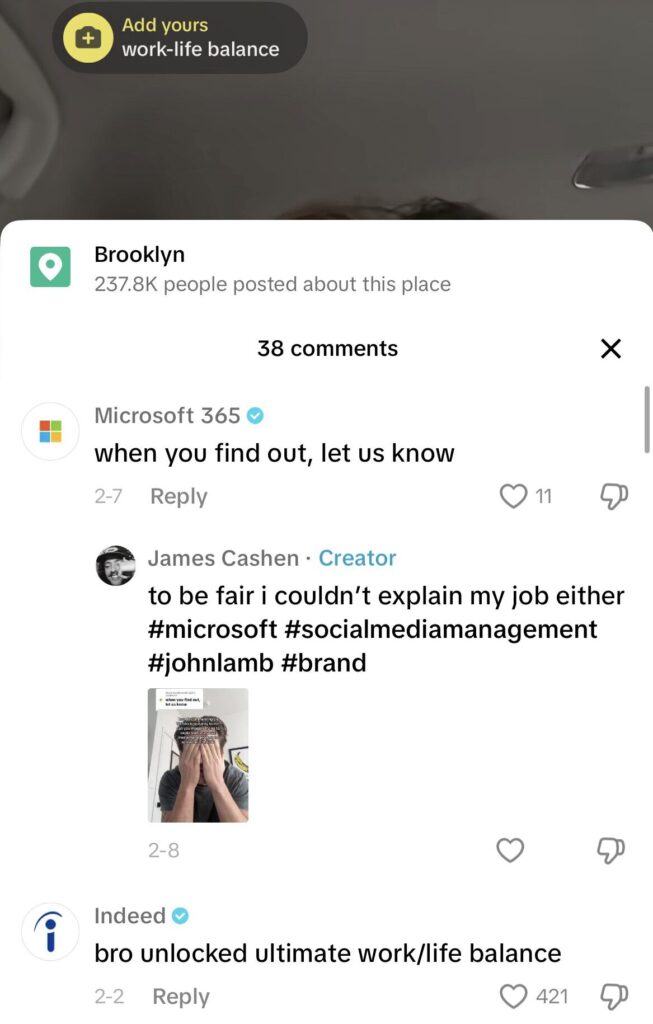
Windows

DuoLingo
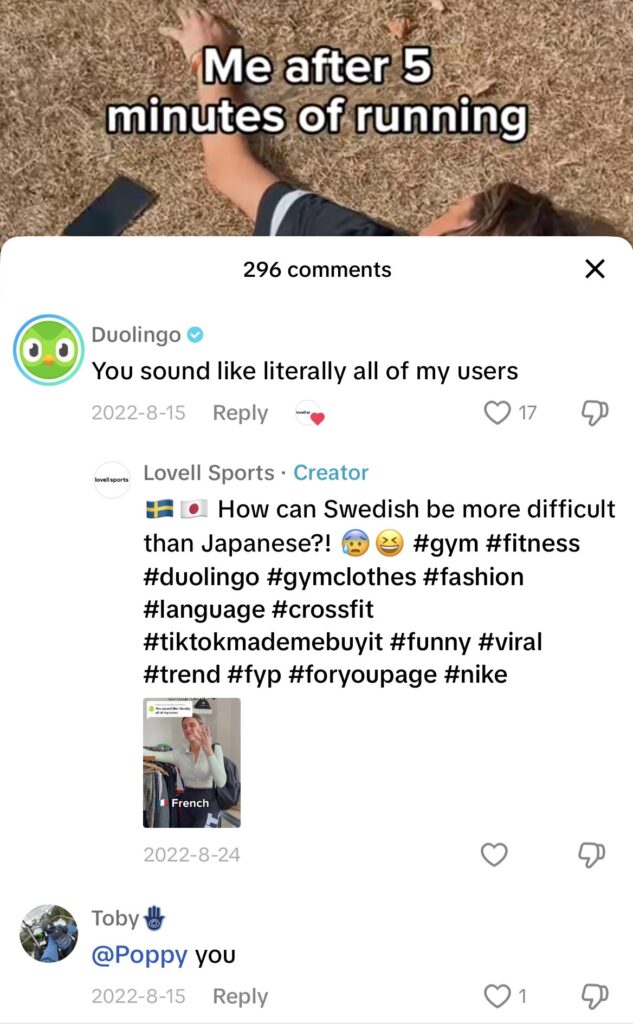
Other Brands
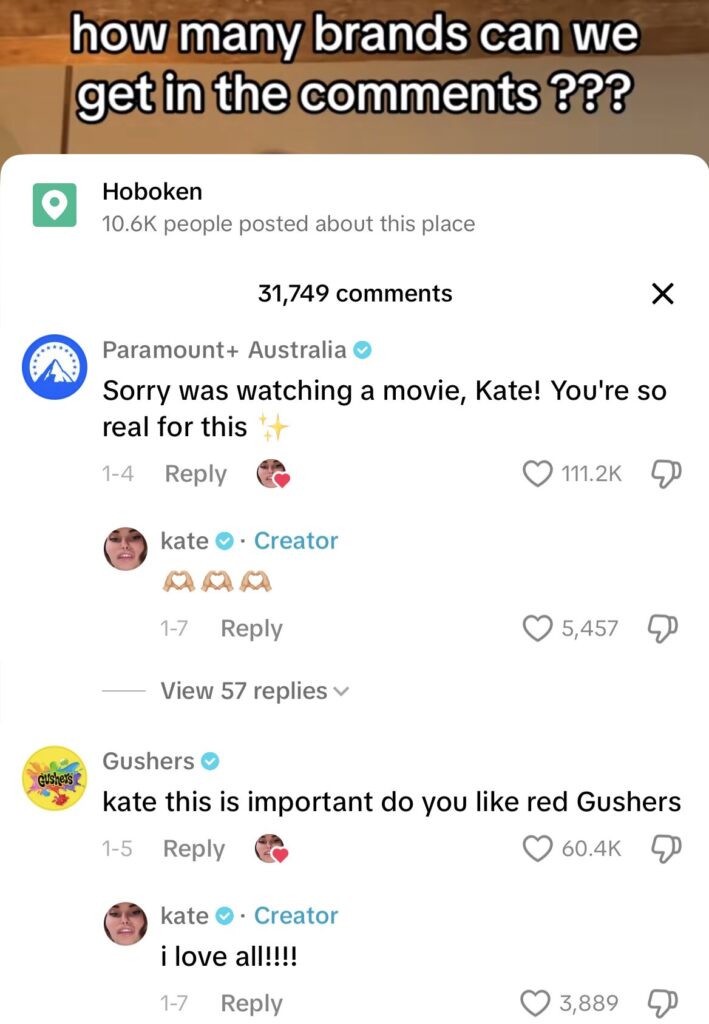
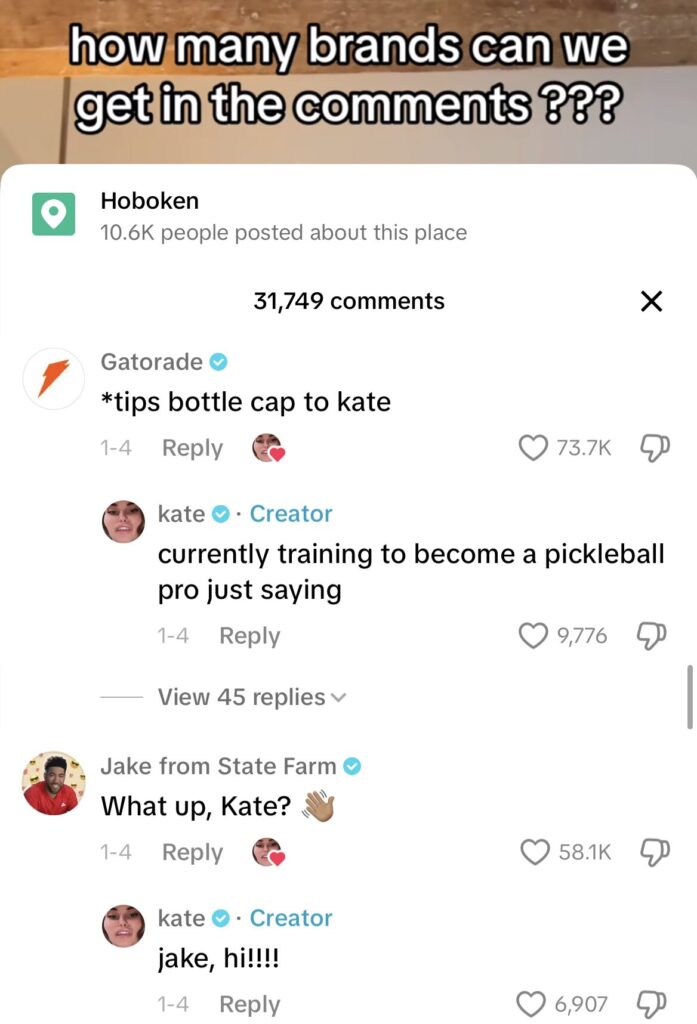
Examples of Law Firm Comment Marketing
You’ve probably noticed the lack of legal representation thus far–comment marketing lends itself more easily to some industries than others. With rigorous educational demands, serious and consequential work environments, and the responsibility of handling personal, often sensitive, matters, those in the medical, educational, criminal, governmental, or legal field may find this style of social media marketing inappropriate for the profession.
We say that it depends–who are your clients, what’s your practice are and market, what is your current brand voice or public reputation? These factors and others all play into choosing the right marketing strategies for your specific firm. The key is knowing your audience and deciding whether a playful comment strategy aligns with your firm’s goals and values. Engage with other attorneys, law firms, or legal pros; showcase your perspective and personality; engage in discourse related to your field, and maybe even drum up some buzz. We know law firms and attorneys are careful about the image they cultivate, but comment marketing can be for everyone, even if it might feel unconventional or undignified to more traditional attorneys.
Kennedy Law Firm

Attorney Martinez
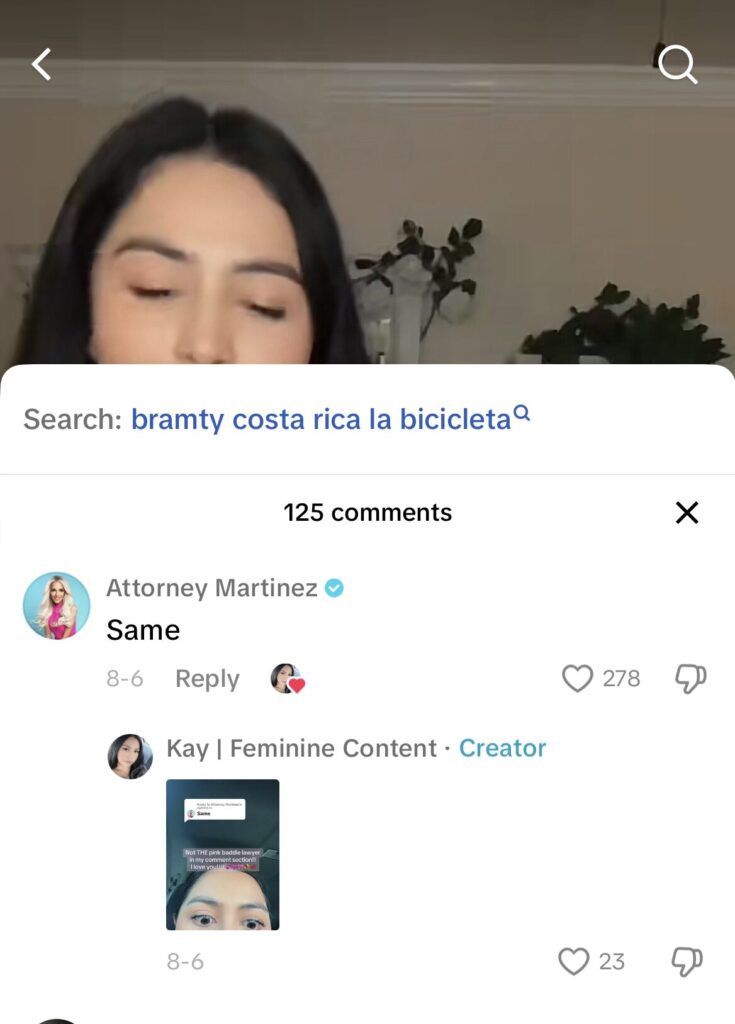
Risks and Rewards: Key Takeaways On Comment Marketing
- Checkmark Needed: Post from a verified account for greater impact.
- Historical Precedent: Lawyers have always had larger-than-life personalities, so modern comment marketing can fit with the right strategy.
- Go Beyond Your Page: Your social activity isn’t limited to your own page—comment on content outside your circle (community groups, viral posts, other businesses).
- Be True to Your Brand Voice: Whether snarky, dry, or sincere, embrace your unique voice and specific perspective.
- Legal Industry: No data on comment marketing specifically increasing case loads, but careful engagement with viral content enhances visibility.
- Tailor to Your Audience: Platforms and strategy should reflect your audience, goals, and brand—whether it’s for your firm as a whole or individual attorneys.
Comment marketing will undoubtedly continue to evolve. Whether you’re leaving a reaction or some sarcastic advice on viral dashcam footage, engaging with an online personality, or just adding a brief “slay💅” to a trending animal video, it’s all about participation. Stay true to your firm’s voice, but don’t be afraid to experiment outside of the traditional.
Figuring out your social approach? Check out our platform comparison guide for attorneys.

Hannah Bollman is Nifty’s talented and dynamic Content & Brand Manager. She develops compelling content across blogs, newsletters, social media, and ad campaigns, ensuring alignment with Nifty’s voice and mission. With a background in SEO, content marketing, and stand-up, Hannah brings a unique mix of creativity, strategy, and humor to everything she does. When she’s not shaping Nifty’s brand or growing visibility for legal clients, she’s on a run, on her bike, or enjoying a delicious falafel sammich.
